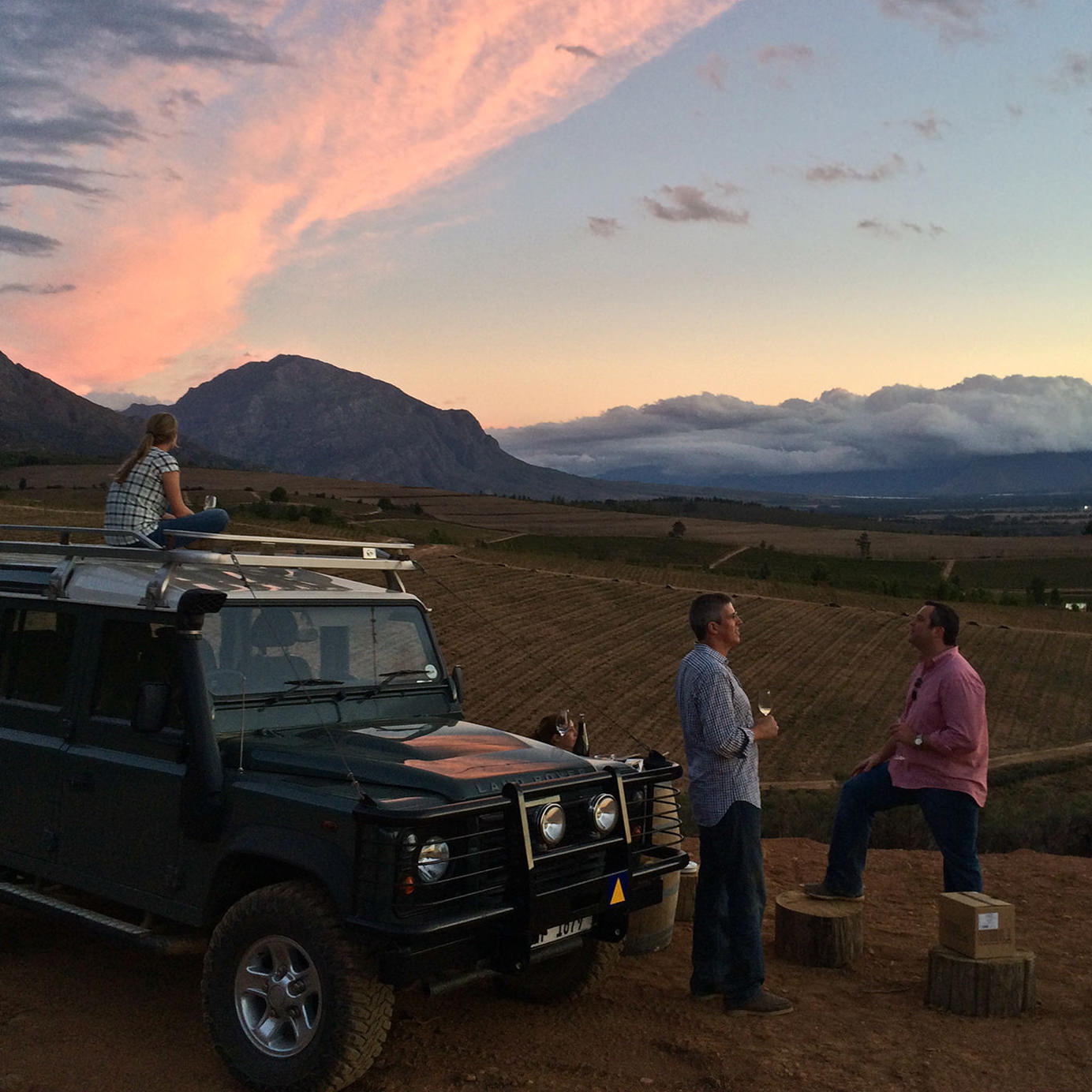Ed. Note: This article was written and published prior to Charles Banks’ indictment for wire fraud, unsealed in Federal court on 9/9/16. This article, which discusses many of his business ventures, is in no way an endorsement of any of his financial practices or alleged crimes.
Over the past few years, investing in wine brands has not been at the top of most venture capitalists’ lists. That wasn’t always the case, as many VCs have always recognized the opportunity the space could provide with its consistent growth over the past twenty years and a yearly revenue of over $36 billion. But a few blockbuster investments that didn’t go so well – including the almost $50 million raised by Lot18, only for the company to fizzle rather quickly after – has caused many VCs to be wary of the space. Not so, though, for Charles Banks, founder of Terroir Capital, who has ignored majority sentiment and done extremely well both for himself and his clients in the process. And most surprisingly, Banks isn’t someone with a rich history in wine, or even someone who was a massive collector before he began investing in the space; however, he is an investor who takes a long-term view of his investments, and for him, the wine space was one of the most attractive places to make a healthy return.
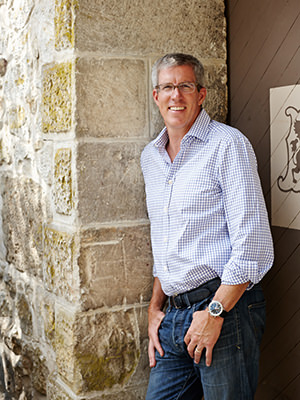
Banks began his career in wealth management with CSI Capital Management and by the age of 32 he was the CEO, managing money for other people, most notably professional athletes and it was a trip with one of those clients – Kevin Garnett – that placed Charles on the path to investing in wine.
Don't Miss A Drop
Get the latest in beer, wine, and cocktail culture sent straight to your inbox.Prior to his trip with Garnett, Banks had begun to explore the opportunities in hospitality based businesses. Together he and a few partners invested in the celebrated Big Sur hotel the Post Ranch Inn, as well as Tennessee’s Blackberry Farm. In both instances they were patient with their money and in the end made healthy returns for themselves and their clients. Banks realized there were lots of opportunities to repeat these results with other hospitality brands, he just had to identify exactly where those opportunities were.
“Kevin had been invited to the Sydney Olympics to meet with Arnon Milchan about becoming a spokesman for Puma – at the time Milchan and his production company New Regency Enterprises had an over 25% stake in the shoe company – and he asked me to come along to vet the deal, since Puma was offering equity instead of payment,” recalls Banks. So Banks hopped on a plane from San Francisco, where he was residing at the time, for Sydney, and upon landing, found himself at dinner with Garnett and Arnon Milchan himself. “Somehow I wind up with the wine list and so I decide to order some off the radar Australian Cabs that looked fun. I had started to get into wine a few years before, and was a fan of bottles that were a bit off the beaten path. When they came to the table, everyone, including Arnon, was impressed by how interesting they were, and that opened the conversation to talk about wine,” says Banks.
During that conversation, Milchan mentioned to Banks that he had recently been presented with an opportunity to invest in the building of a replica French château and winery in Santa Barbara county, and if Banks didn’t mind, requested that he take a look at the deal and have coffee with him the next day to discuss it. “There was no way I could say no to Arnon so I agreed to take a look at the deck and meet him the next day. When I arrived at coffee, I just blurted out, ‘look Arnon this proposal is wrong from page one, the last thing you should be doing is imitating. Why are you building a French château in California?’ He sat there and listened, but I wasn’t really sure how he took my criticism,” Banks recalls.
In just two years, we took the price of Screaming Eagle from $250 per bottle to $750.
When Banks returned to San Francisco, however, it was clear how Arnon responded to their chat, “there was a package waiting for me with a note saying a private jet would be picking me up the next day to take me to LA and meet with Arnon,” Banks remembers. “Even though I was exhausted from the trip, I figured I had to take him up on it, so I packed another bag and headed to LA.”
In LA, Milchan tells Banks that he and Jerry Levine are going to invest in the property in Santa Barbara, but that they’d also like Banks to be their partner in the venture. “I was only 32 at the time, and it wasn’t like I had a ton of personal money to spare, but Arnon and Jerry told me that’s what made me an attractive partner: I couldn’t afford to lose any money, so they knew I would always be willing to tell them the truth. I decided to roll the dice and try investing in the vineyard,” says Banks.
The result of their partnership was not an imitation French château, but was instead Jonata Winery – currently owned by Stan Kroenke, the billionaire investor most famous for his ownership of the now LA Rams, who was brought in as a partner following the winery’s opening and soon after took sole ownership. From the start, the wines received critical accolades and sold well. Charles Banks had developed the bug for investing in wine.
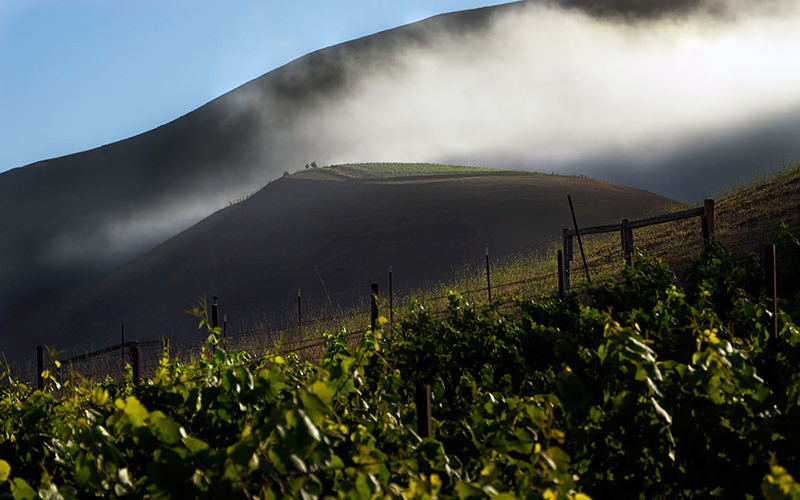
Banks’ next move as an investor was one that would squarely put him on the radar for most people in the established wine business: he and Stan Kroenke would purchase Screaming Eagle. At the time of purchase, Screaming Eagle had positioned itself as Napa’s most coveted bottle; it was a wine fetching an astounding price of $250, but Banks recognized there was an immense opportunity to do more. “I look at every investment from a business perspective and at Screaming Eagle I saw there was a tremendous amount of fat that could be cut. The vineyard sat on 57 acres of land, but at the time, they were only using a very small amount of it for Screaming Eagle, the rest of the grapes were actually being sold off to other producers. This wasn’t something I wanted, we didn’t want other wineries to be able to say they had Screaming Eagle grapes in their blends, so we decided to tear out 70% of the vineyard,” says Banks.
Tearing out over 70% of the vineyard not only allowed Banks to get out of the longstanding grape contracts the vineyard had with other producers, but it also displayed to the wine world that Screaming Eagle was willing to take the necessary steps to make the wine better than ever, and the results of that tactical decision displayed themselves quickly. “In just two years, we took the price from $250 per bottle to $750,” Banks says.
Shortly after his success at Screaming Eagle, Banks was bought out of all of his wine investments by Kroenke, and decided to found Terroir Capital – he would also step down from his CEO position at CSI a few years later, eventually selling the company to Suntrust. Almost immediately after founding Terroir back in 2003 and raising a fund to make investments, Banks started buying wineries. “I started to notice the trends and I realized the really expensive wines of the world were becoming something that isn’t wine anymore, they were becoming status symbols, which meant there’d be less opportunity for others to enter that market. For example, there can be only one Screaming Eagle, but the affordable category of wine was booming, especially in the new world.”
Banks began looking for opportunities to buy a winery in either Argentina or South Africa, “I saw these places as being the best opportunity to do well financially and influence what’s in the bottle,” Banks says. But both countries presented not only opportunities but challenges as well. “The best rule of investing is: do you actually understand everything that could go wrong? You may not be able to prevent it, but do you at least know what could happen?,” says Banks.
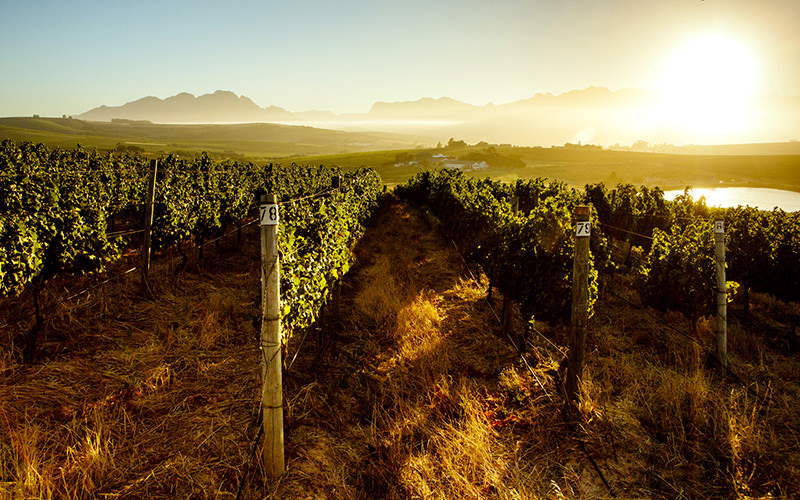
In trying to figure out the answers to these questions, Banks asked for the Multilateral Investment Guarantee Agency (MIGA) – a division of the World Bank – to assess the risk of both regions and determine which region’s risk they’d be more likely to insure against. “While on the surface Argentina looked much better than South Africa, following their analysis, MIGA informed us they’d insure our risk in South Africa, but would refuse to do so in Argentina. Despite many of the political issues South Africa was facing, in Argentina there was an active gray market and that was something none of us wanted to have to deal with.”
Just because you as an investor are passionate about something, it does not mean the consumer will be, and it’s important to recognize that.
South Africa also provided Banks with the strongest opportunity to take advantage of another core rule of his when it comes to investing, improving the product. South Africa had been making pretty poor quality wine for decades – the wines were often overly manipulated – but the bones of the industry were solid and Banks recognized they could make the best wine the region could produce by actually doing less. This would not only cut costs but allow for a higher-quality product. In May of 2011, he bought Mulderbosch vineyard. By 2015, the vineyard was producing 270,000 cases a year and is on pace to do 350,000 cases this year. That’s 4.2 million bottles of wine.
Following his success with Mulderbosch, Banks continued to invest in wineries. He would first determine whether or not there was a way to make the bottles better and then a way for them to get a better return on the product. It’s an attitude that translates to a more general model Banks follows for any investment he makes, asking himself: “with my investment will this business grow and can it become even more profitable?” With every investment Banks recognizes where the opportunities are and who the specific market is.
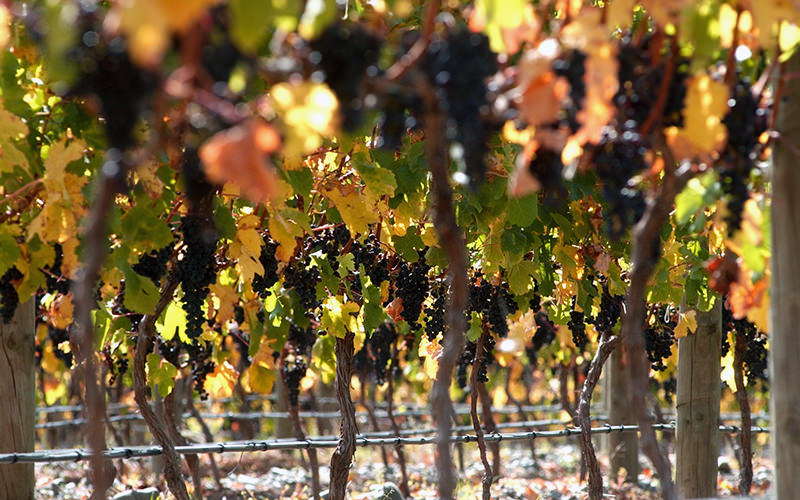
With all of his success, Banks says the most important rule in investing is listening to the end consumer. “You have to look at what the consumer is seeing. In today’s world, the consumer has the ability to buy or not buy what they want; they are the most important aspect of ensuring if your investment succeeds or fails. Just because you as an investor are passionate about something, it does not mean the consumer will be, and it’s important to recognize that,” says Banks. This is a point that is well worth paying attention to, no matter what area one is choosing to invest in. In the majority of categories, those closest to the product often look the most inward, whether that be a new technology product or a high-end wine made with an obscure grape. “One has to ask themselves, do consumers actually want this,” says Banks.
So why has Banks been successful investing in wine when so many others have had trouble? One of the main reasons Banks believes, is that it’s hard for people to take the long view. “It’s very difficult to be a one off, fast riser in the wine business,” says Banks. “One off brands appear less authentic to consumers and when they lose their authenticity in favor of trying to reach volume or profit, the brand can really suffer.”
On the actual investment side as well, Banks credits his success with investing in the right people, a tenet many other successful investors also cite when it comes to crediting their triumphs. “I don’t look at any of the brands I have invested in with the goal of exiting,” says Banks. “I look at them with the goal of building these brands to be successful brands in their specific categories, and take a return on that investment.”
It’s a strategy that has certainly benefited Banks up until this point.
